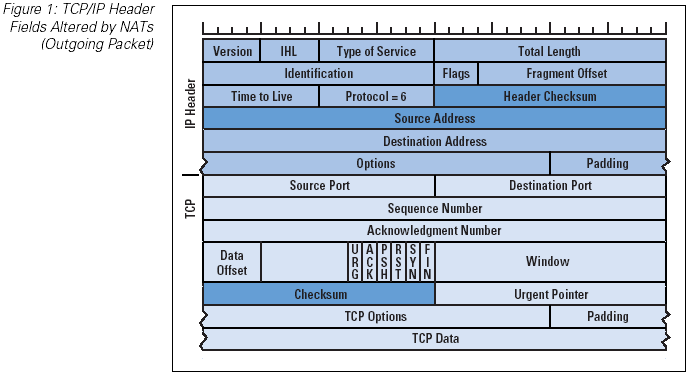The Transmission Control Protocol/Internet Protocol (TCP/IP) model, describes a set of general design guidelines and implementations of specific networking protocols to enable computers to communicate over a network. TCP/IP provides end-to-end connectivity specifying how data should be formatted, addressed, transmitted, routed and received at the destination.
TCP is a very needy protocol. When a frame with TCP data is sent across the network to another station, the sending station must receive an acknowledgement that the data was received properly. If the sending station doesn't receive an acknowledgement after a certain time period, the data is resent in the hopes that it will make it through the second time. This process continues until either the data makes it through, or the transmission process times out.
TCP doesn't need to know how to traverse the network because it relies on IP to get the data to the other side. Once the data makes the trip across the network, TCP takes over and uses its port numbers to determine where to drop the package. It's possible that IP could properly route the data across the network and TCP would try to drop the data at the specified port, but the receiving station may not be listening on that port. The TCP data would have nowhere to go and the entire packet would be discarded.

The First Frame – The initial synchronize (SYN) frame is sent from the station initiating the conversation to the destination station. The SYN frame includes initial sequence numbers and the port that will be used for the conversation, as well as other initialization parameters.
The Second Frame – The destination station receives the SYN frame. If everything is in agreement, it sends an acknowledgement to the SYN (called an ACK) and its own SYN parameters.
The Third Frame – The original station receives the ACK to its original SYN, as well as the SYN from the destination device. Assuming everything is in order, the source station sends an ACK to the destination station's SYN.
TCP is a very needy protocol. When a frame with TCP data is sent across the network to another station, the sending station must receive an acknowledgement that the data was received properly. If the sending station doesn't receive an acknowledgement after a certain time period, the data is resent in the hopes that it will make it through the second time. This process continues until either the data makes it through, or the transmission process times out.
TCP doesn't need to know how to traverse the network because it relies on IP to get the data to the other side. Once the data makes the trip across the network, TCP takes over and uses its port numbers to determine where to drop the package. It's possible that IP could properly route the data across the network and TCP would try to drop the data at the specified port, but the receiving station may not be listening on that port. The TCP data would have nowhere to go and the entire packet would be discarded.
Fig. TRANSMISSION CONTROL PROTOCOL STRUCTURE. Click to Enlarge
Learn about TCP/IP Layered Structure - How TCP works?
Learn about TCP/IP Layered Structure - How TCP works?
THE TCP/IP 3-WAY HANDSHAKE
This handshake is often referred to as the "three way handshake" because of the three frames that pass back and forth:
The First Frame – The initial synchronize (SYN) frame is sent from the station initiating the conversation to the destination station. The SYN frame includes initial sequence numbers and the port that will be used for the conversation, as well as other initialization parameters.
The Second Frame – The destination station receives the SYN frame. If everything is in agreement, it sends an acknowledgement to the SYN (called an ACK) and its own SYN parameters.
The Third Frame – The original station receives the ACK to its original SYN, as well as the SYN from the destination device. Assuming everything is in order, the source station sends an ACK to the destination station's SYN.


No comments:
Post a Comment